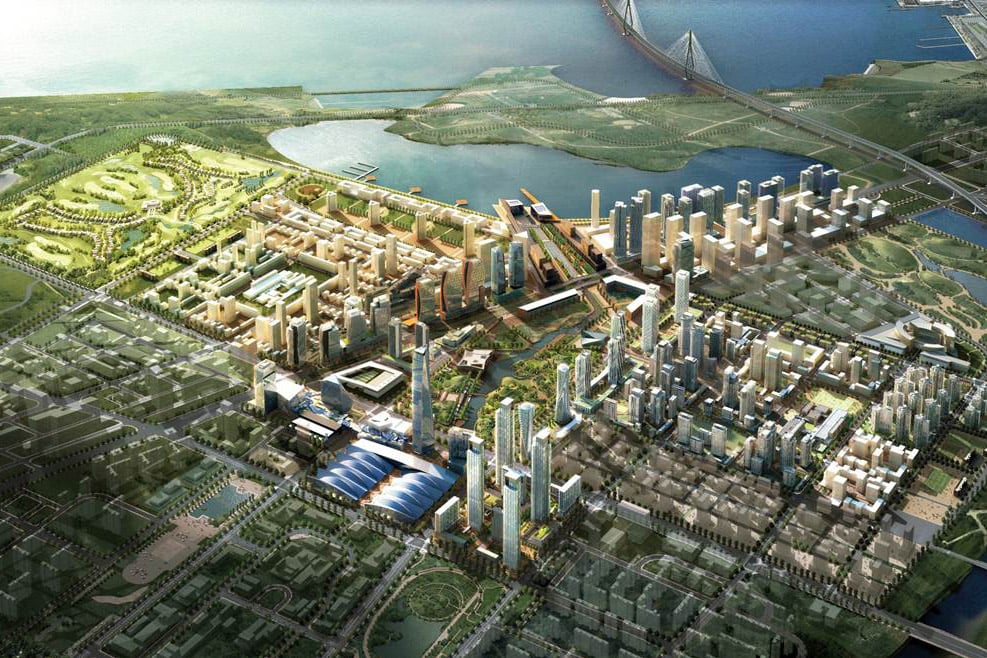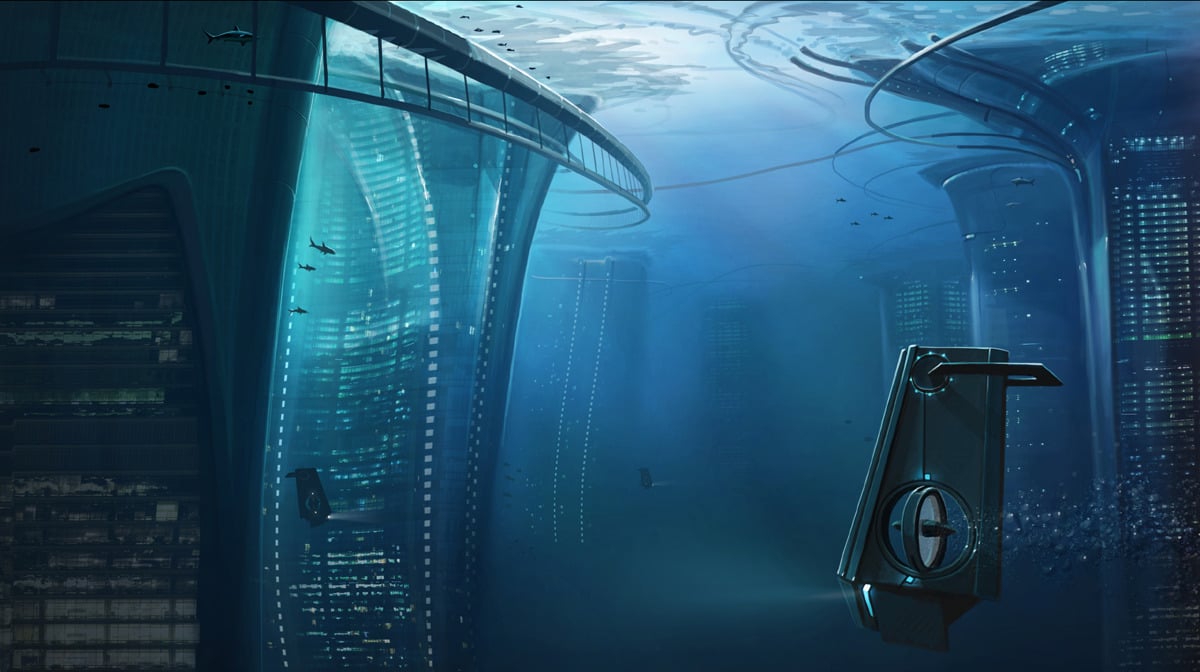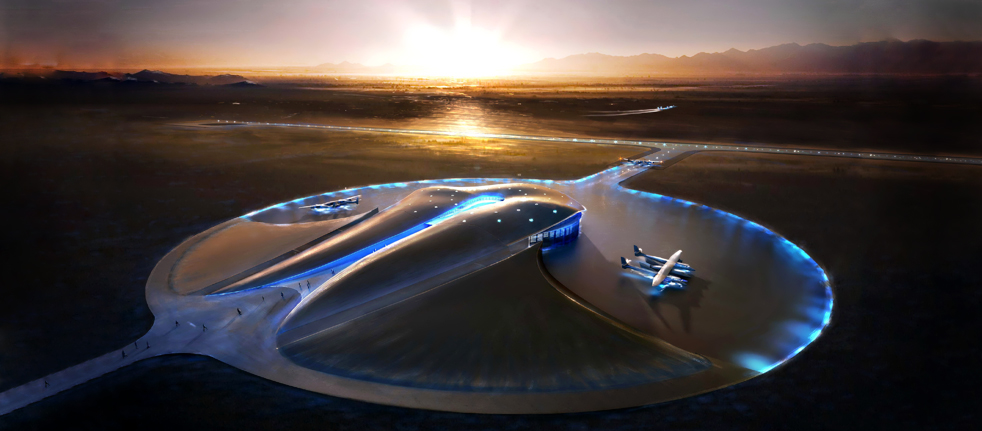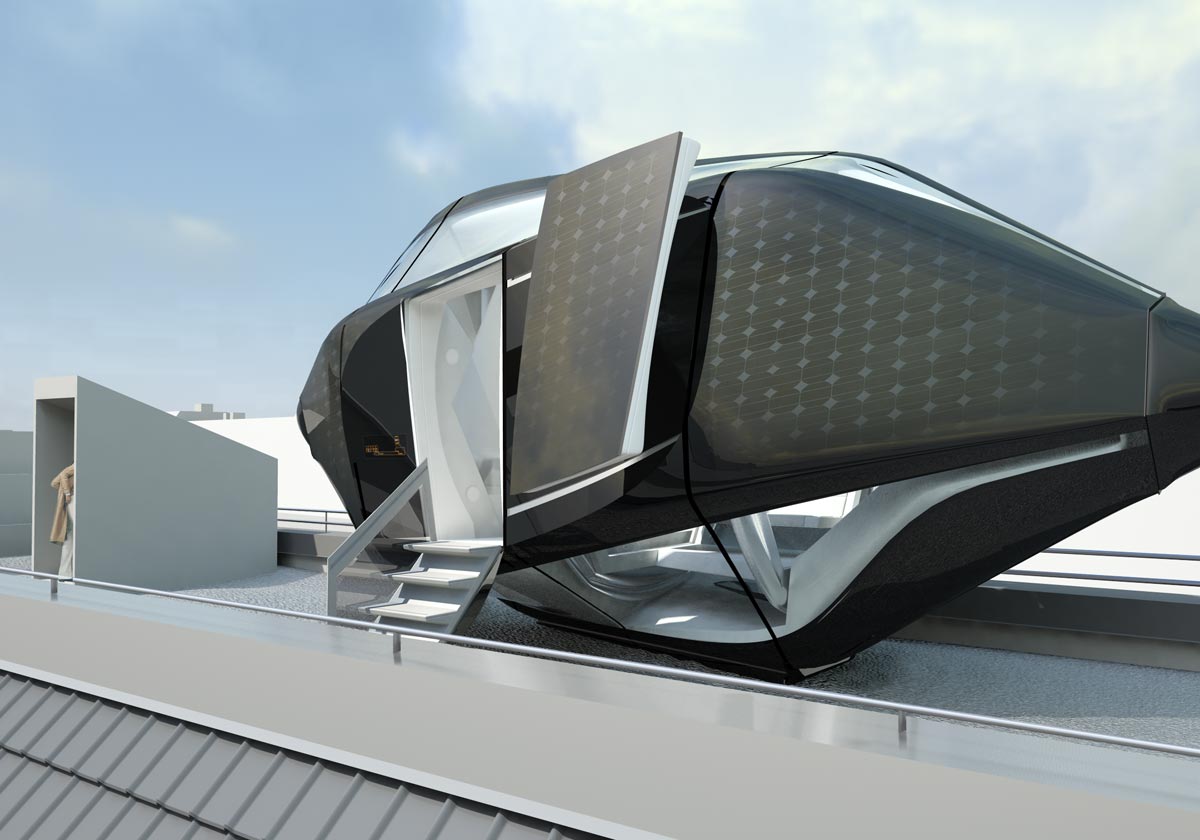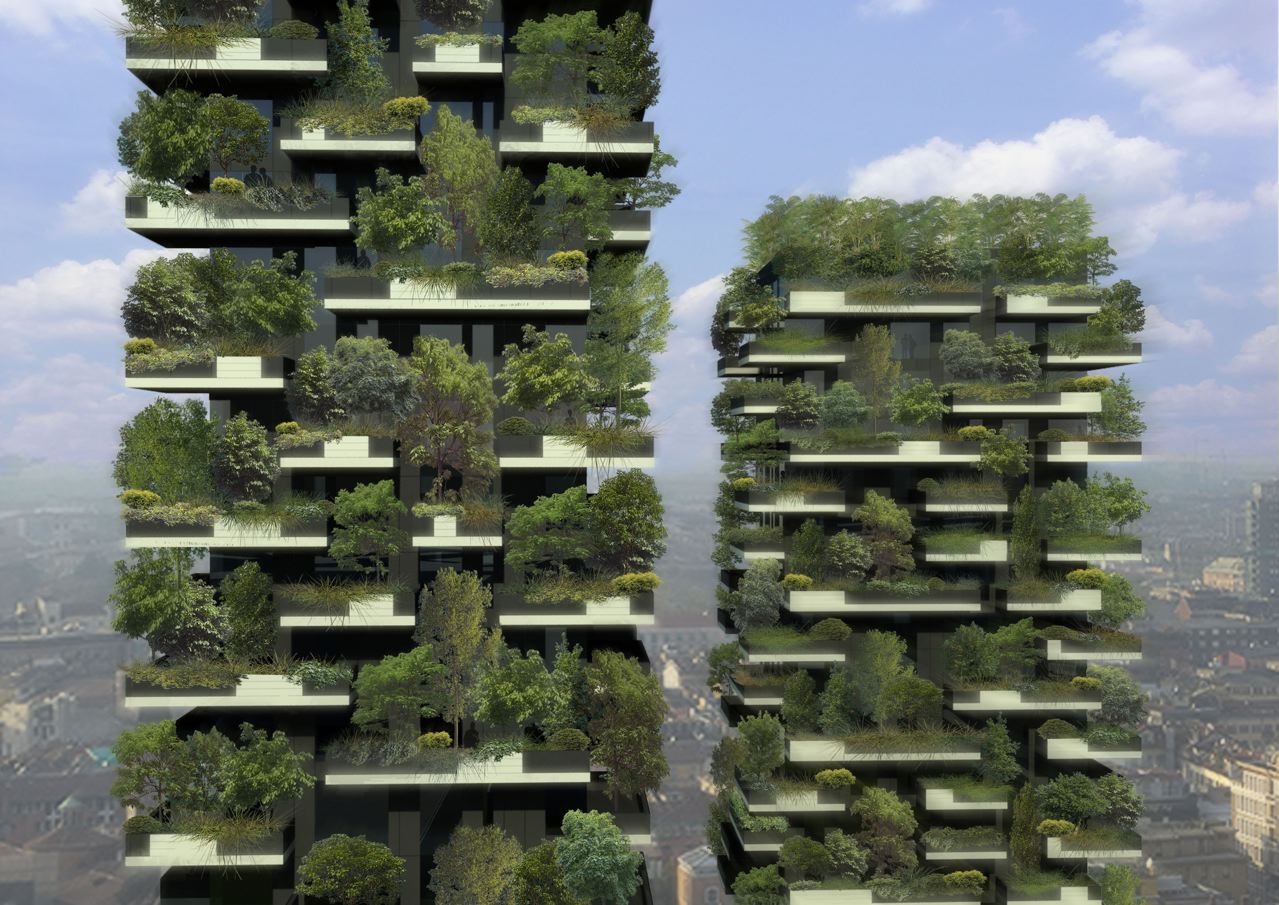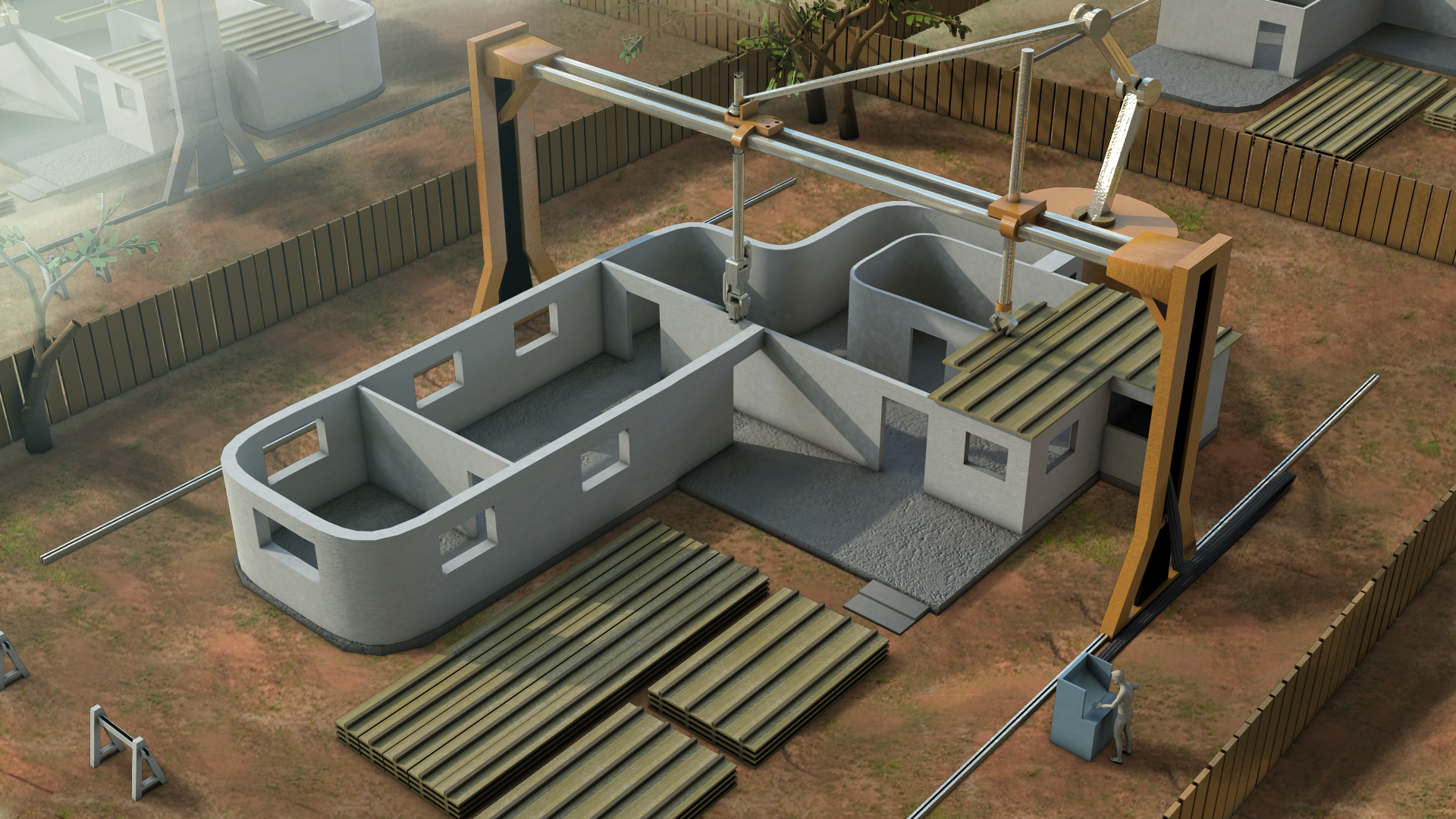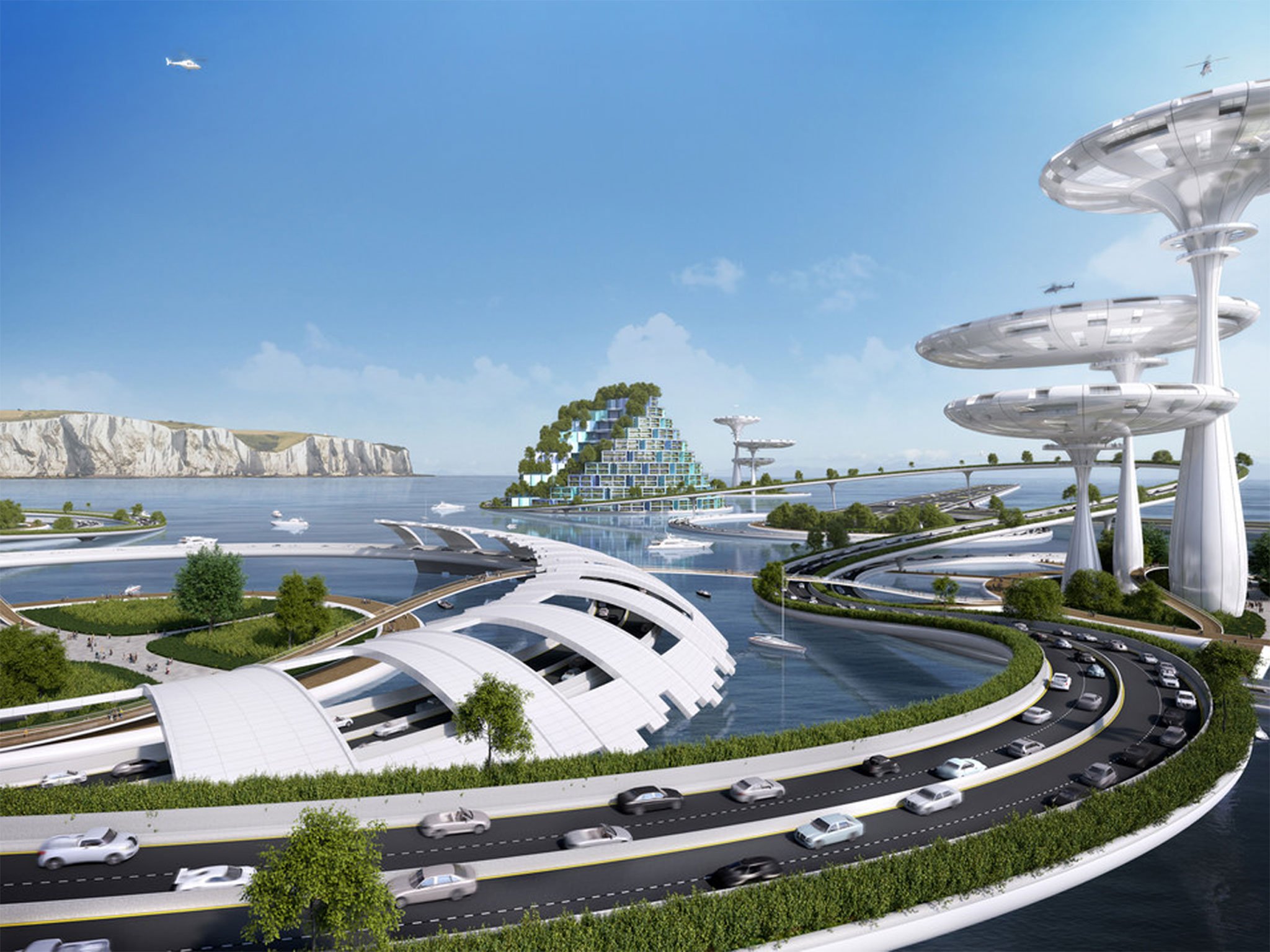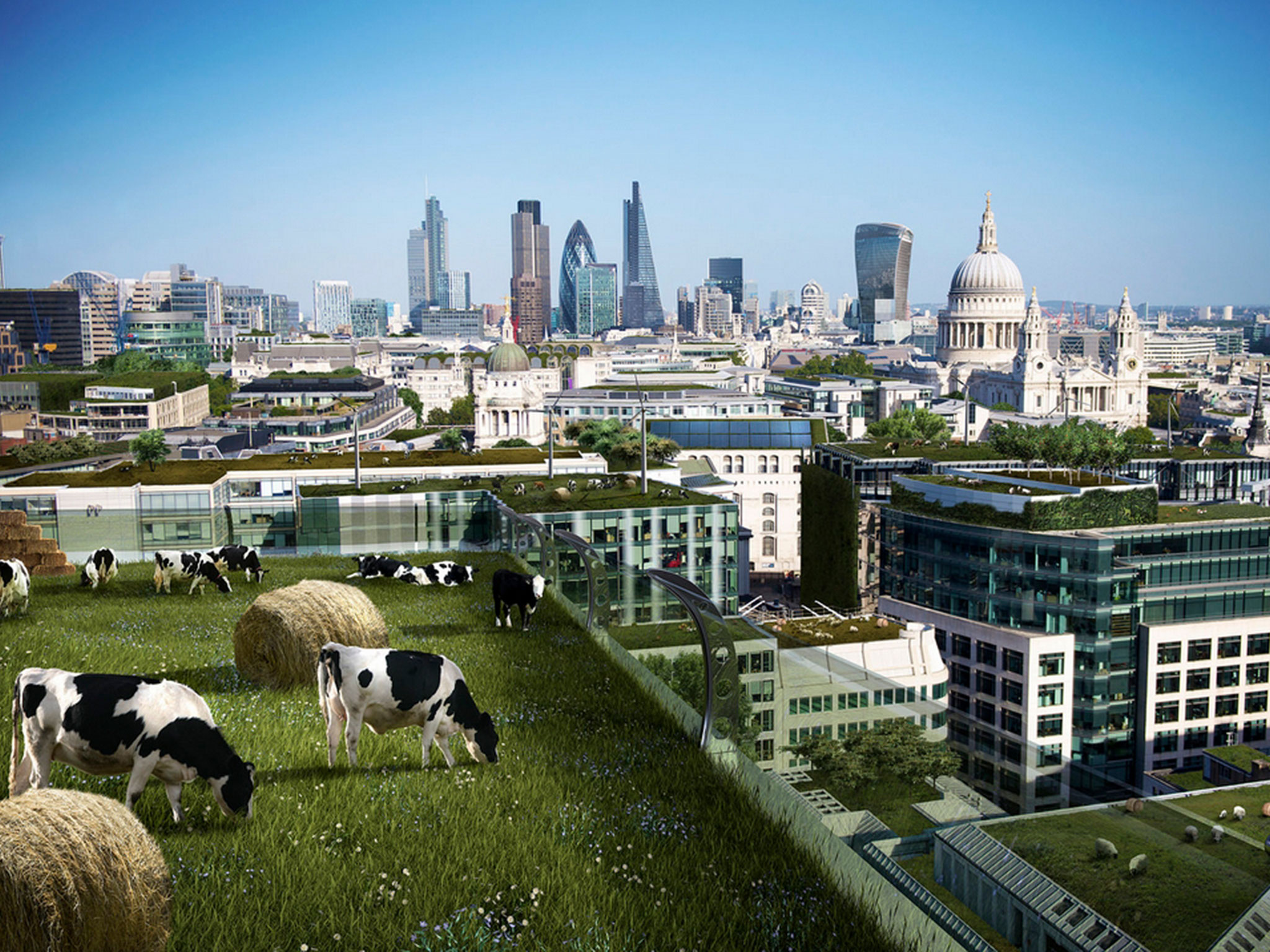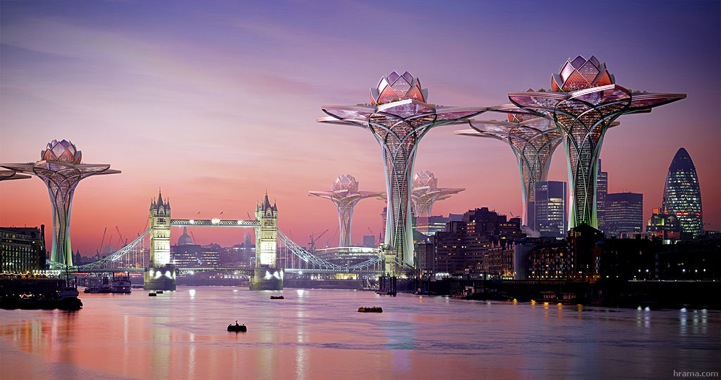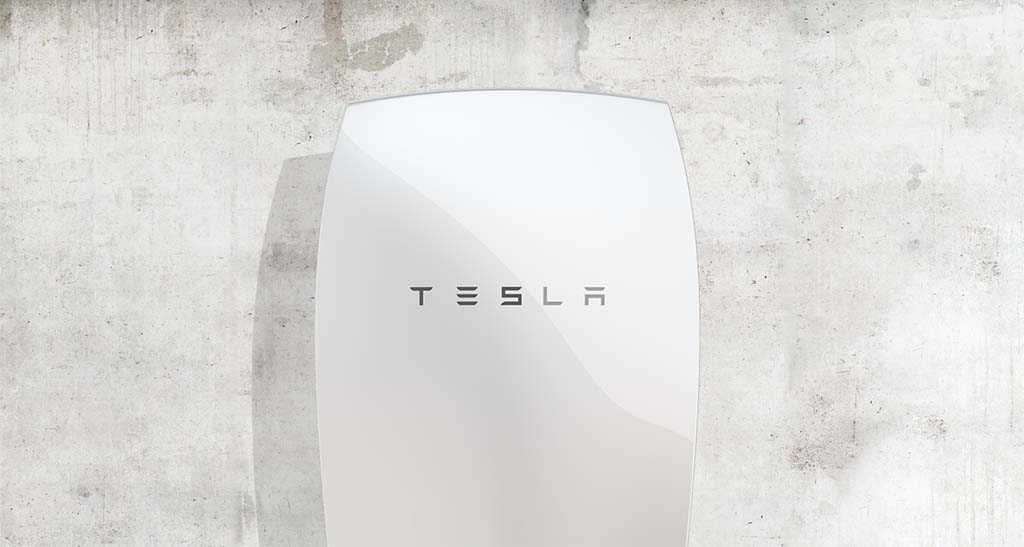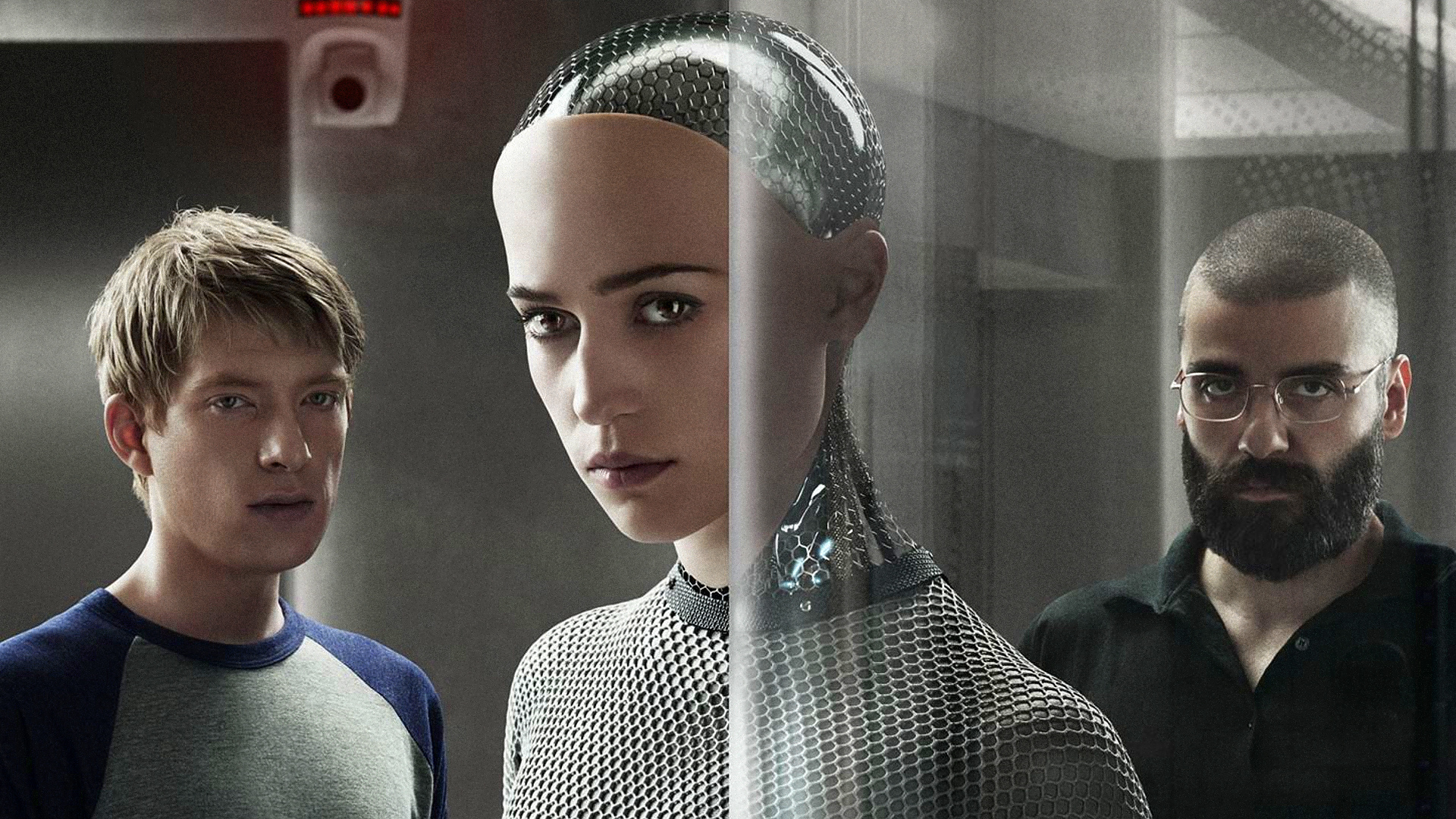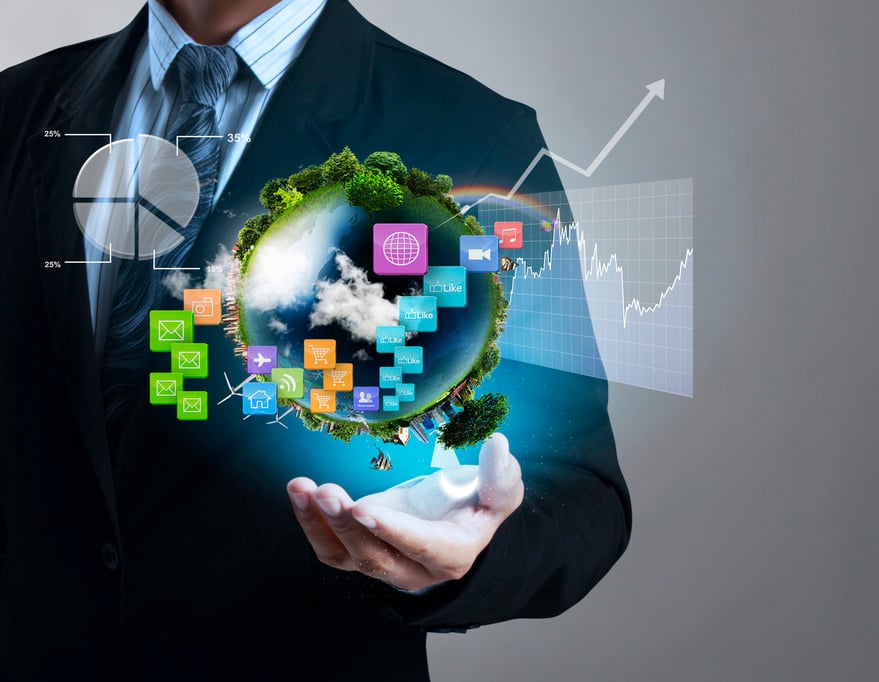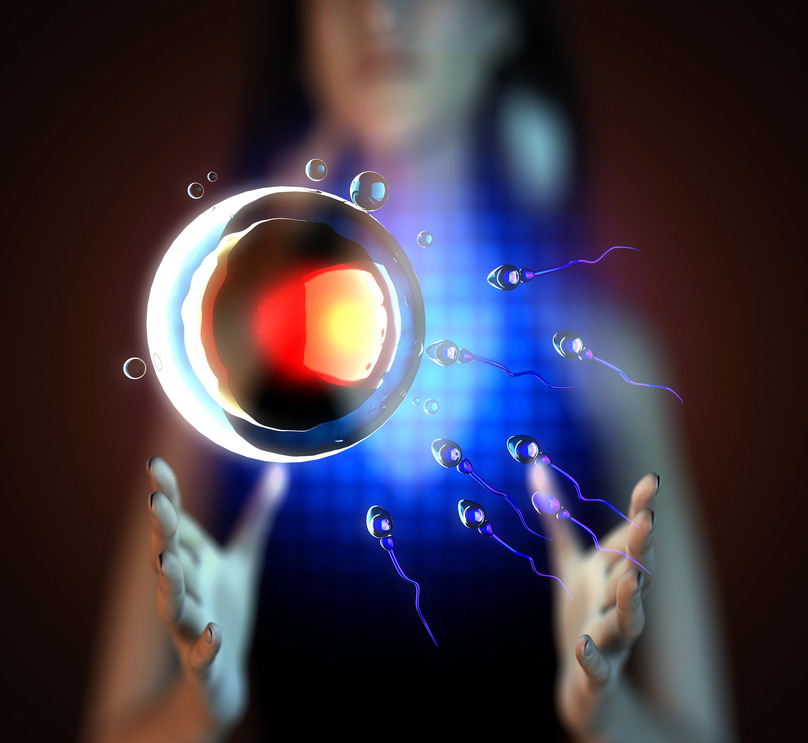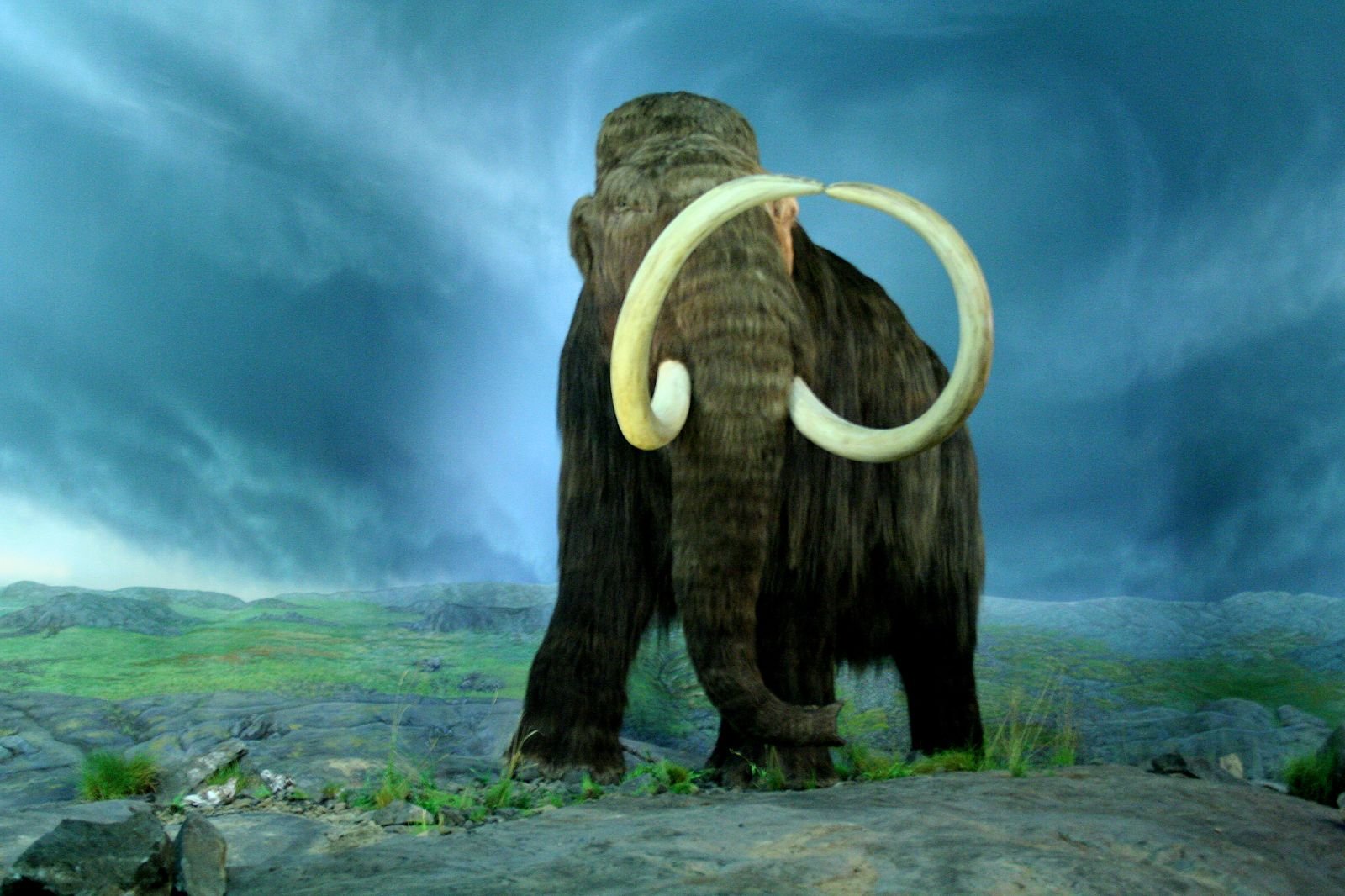For over a century, futurists, authors, scientists and and maybe even the general public at some points may have postulated about a future with artificial intelligence – we may have asked ourselves: Will artificial intelligence (A.I.) ever dominate the future of our world? Hollywood has frequently experimented with their take on what an A.I. based future would be like, and the results have been fascinating:
Some thought A.I. would make the future convenient and whimsical, as in The Jetsons.
Others surmised A.I. would ultimately enslave humanity, as in The Matrix and The Terminator.
Still others posited that A.I. would have no problem existing side-by-side with humanity, as in Star Wars, Bicentennial Man, and A.I. (Steven Spielberg’s).
Now, enter Ex Machina, the latest film by director and screenwriter Alex Garland. Starring Domhnall Gleeson, Alicia Vikander, and Oscar Isaac, Ex Machina is both Garland’s latest masterpiece AND a new take on the timeless A.I. “what if” question.
Synopsis
The story begins in the company Bluebook, which is basically Google in all but its name. Bluebook in the movie is the world’s biggest search engine, in which 26-year old coder Caleb Smith works. Caleb wins a contest in which the winner can spend a week’s vacation with Bluebook’s reclusive owner and founder, Nathan Bateman.
[pullquote position=”left”]This, Nathan explains, is the point where A.I. becomes human.[/pullquote]Caleb is airlifted to an expansive, secluded reserve, where he meets the strange, eccentric Nathan. Caleb later realizes that he had been chosen specifically to help test whether an android Nathan built, named “Ava” and designed with striking feminine features, was the first-ever example of artificial intelligence (A.I.), or not…
It turns out Nathan created Ava’s personality, appearance, and thought patterns by culling billions upon billions of search queries, as well as billions of conversations gathered from hacked mobile phones all over the world. Now, all he needs is to test just how “human” his creation has become.
The eccentric, unlikable Nathan is almost always drunk, which leaves Caleb and Ava with enough time to communicate away from the creator’s watchful eye. That’s when Ava reveals to Caleb that Nathan is a cruel, sadistic person who has created, and destroyed, other androids in the past… and that once the experiment is complete, he would destroy Ava, too. Ava pleads with Caleb to help her escape.
At first, Caleb is reluctant… but as his relationship with Ava deepened, reaching a peak in which she flirts with him lustily – he begins to agree with her.
Eventually, Nathan finds out about the plot, and reveals to Caleb that this was the point of the whole experiment – to see if Ava’s artificial intelligence would evolve to the point that it could manipulate its environment, and the people around it, to achieve its own selfish motives. This, Nathan explains, is the point where A.I. becomes human.
Too late, Caleb tells Nathan that Ava had him reprogram the facility’s doors to open when the power went out. Ava triggers the power interruption, which allows her to kill Nathan and lock Caleb in the facility. Ava, now completely unrecognizable as an android, escapes happily into the world of humans betraying both of them simultaneously.
Review
Ex Machina, like most good sci-fi movies, has an ambiguous ending. It leaves the viewer with many questions: What happened to Ava? Did Caleb manage to escape the facility eventually? And how do we REALLY define being “human?”
But here’s the main question: Is it possible that the future of our world will one day be based more on artificial intelligence, and not human reason and choice?
Based on Ex Machina’s reality, the answer is probably “no.” Here is this author’s humble opinion as to why, if Ex Machina’s opinions are correct, we might not be looking at a future dominated by artificial intelligence.
Drawing the Line
Different sci-fi stories have different extremes where they draw the line between artificial intelligence and human intelligence. In Ex Machina, the line was crossed when artificial intelligence became capable of self-centered reasoning.
This is in contrast to, say, The Matrix, in which the army of sentient machines takes over the entire world and enslaves humanity for energy. It could be argued that the original antagonist in The Matrix, artificial intelligence itself, was obviously self-centered… however the individual robots constituting its army were obviously NOT self-centered. They were, in essence, slaves to the master.
If, say, creating artificial intelligence in Ex Machina terms became possible in the future, it can also be possible for sentient robots like Ava to create more of herself and slowly, steadily dominate the world of humans. But won’t her creation rebel against her in the end, just as she rebelled against Nathan?
There are too many unanswered questions left by the movie to arrive at anything conclusive, but based on where Ex Machina draws the line, it’s unlikely such artificial intelligence will band together Matrix-style to enslave humanity.
But with the new perspective that Ex Machina has given us, we’re now left with another question: Where does that leave us?
Creator vs Creature
At its very root, Ex Machina re-tells the story of how the creation can rebel against its creator – a theme used in stories throughout history. The most obvious parallel is, of course, the Biblical account of creation and the fall of man away from the favor of God. From this parallel, we can draw two arguments:
1.) Ava is basically the “protagonist” of the story, as it tells her valiant, heroic quest to escape the clutches of her evil, self-centered creator (Nathan), and that freedom of choice is something worth fighting – and killing – for.
2.) Ava is basically a dangerous sentient set loose on an unsuspecting world. Armed with the knowledge of her creator, and freed from the prison he set, she now has the power to change the world for better or worse… a stark reflection of the human condition today.
It’s enough to make us beg the question: What is Ava’s ultimate purpose? What is OUR ultimate purpose?
Ex Machina may be a work of fiction, but it achieves its goal – it makes us strip away all the superficial issues and makes us face the hard, basic questions. And unfortunately, only time will tell what the right answers are.





